Building a home in Costa Rica offers an excellent opportunity not only due to the idyllic climate and political stability of the country but also because of the booming real estate market and the advantages it offers to both foreign and local investors. In this article, we will explore all the necessary steps, from land selection to finishing touches, to help you build your dream home in this beautiful country.
Why Choose Costa Rica for Your Home Construction?
Advantages of the Costa Rican Environment
Costa Rica is globally known for its biodiversity and commitment to environmental conservation. This ecological awareness is reflected in construction, where more and more sustainable practices and materials are being used.
Legal and Tax Incentives
The Costa Rican government offers various incentives for construction, including tax reductions and facilities in obtaining permits, which is especially attractive to foreign investors.
Initial Steps for Construction
Land Selection
Choosing the right plot of land is crucial and should consider factors such as topography, accessibility, and proximity to basic services. It is also essential to verify that the land has all the necessary permits and is free from encumbrances.
Legal Requirements and Permits
Before beginning construction, it is necessary to obtain all relevant permits, which vary depending on the area and type of construction. It is advisable to consult with an attorney specialized in real estate law to ensure compliance with all regulations.
Design and Planning
Choosing the Right Style
The design of your home should harmonize with Costa Rica’s natural and cultural environment. There are various styles, from modern to more traditional, that can be adapted to your personal preferences and the climate of the area where you will build.
Sustainability Considerations
Integrating green technologies and eco-friendly materials is not only beneficial for the environment but can also generate significant long-term savings in energy and water.
Construction: Phases and Processes
Excavation and Foundations
This initial phase is fundamental to ensure the stability and safety of the structure. It is important to conduct soil studies beforehand to determine the depth and type of foundations most suitable.
Structure and Masonry
The quality of materials and labor at this stage will determine the durability and resistance of the home. It is vital to have an experienced and reliable construction team.
Electrical and Plumbing Installations
These installations must comply with specific regulations to ensure their efficient and safe operation. It is recommended to use high-quality materials and certified professional services.
Materials Recommended
Local vs. Imported Options
Costa Rica offers a wide range of local construction materials that not only reduce the environmental impact but also support the local economy. However, in some cases, it may be necessary to import specific materials not produced in the country.
Innovations in Eco-Friendly Materials
The Costa Rican market is increasingly flooded with sustainable options that you can use in your project, from non-toxic paints to certified woods and eco-friendly concrete.
Labor: Hiring the Best
How to Select a Construction Company
It is essential to research and select a Construction Company with proven experience and good references. Make sure to visit other projects completed by the builder to verify the quality of their work.
The importance of skilled craftsmen
Fine details in construction can make all the difference. Having craftsmen specialized in areas such as carpentry, welding and finishing can significantly increase the final quality of the construction.
Estimated Costs and Budgeting
Initial Budget
Creating a detailed and realistic budget is crucial to avoid unpleasant surprises. Include a margin for unforeseen events that may arise during construction.
Managing Financial Contingencies
It is common for unforeseen events to occur during construction Having a contingency fund and managing resources adequately can help keep the project within the initial budget.
Interior Design and Finishes
Interior Design Trends
The interior of your home should reflect your personal style while maximizing the natural environment and light that Costa Rica offers. Use colors, textures, and materials that complement the exterior design and provide comfort.
Tips for Choosing Finishes
Choosing the right finishes can define the character of your home. Opt for durable materials that require low maintenance, especially in humid and tropical climates like Costa Rica’s.
Legal Aspects Upon Completion
Final Inspections and Approvals
Before you can enjoy your new home, a series of inspections are necessary to ensure the construction meets all safety regulations and standards.
Property Registration
Once construction is completed and inspections are passed, you must register the property in the public registry to obtain official and legal ownership of your home.
Living in Costa Rica
Life in a Newly Built Home
Adapting to a new home takes time. It is important to understand the house’s systems, from how the climate control works to maintaining the garden.
Long-Term Maintenance and Care
Regular maintenance is key to preserving the value of your property and ensuring its functionality and beauty for many years. Plan a maintenance schedule and follow professional recommendations.
Conclusions
Building a house in Costa Rica can be an exciting and rewarding adventure. With proper planning, a good team, and a focus on sustainability, you can create a home that is not only beautiful and functional but also respectful of the magnificent environment that Costa Rica has to offer.
Frequently Asked Questions
- How long does it take to build a house in Costa Rica?
- Is it necessary to have residency in Costa Rica to build a house?
- What types of insurance are recommended during construction?
- How does the rainy season affect construction in Costa Rica?
- Are there restrictions on building near the coast or protected areas?

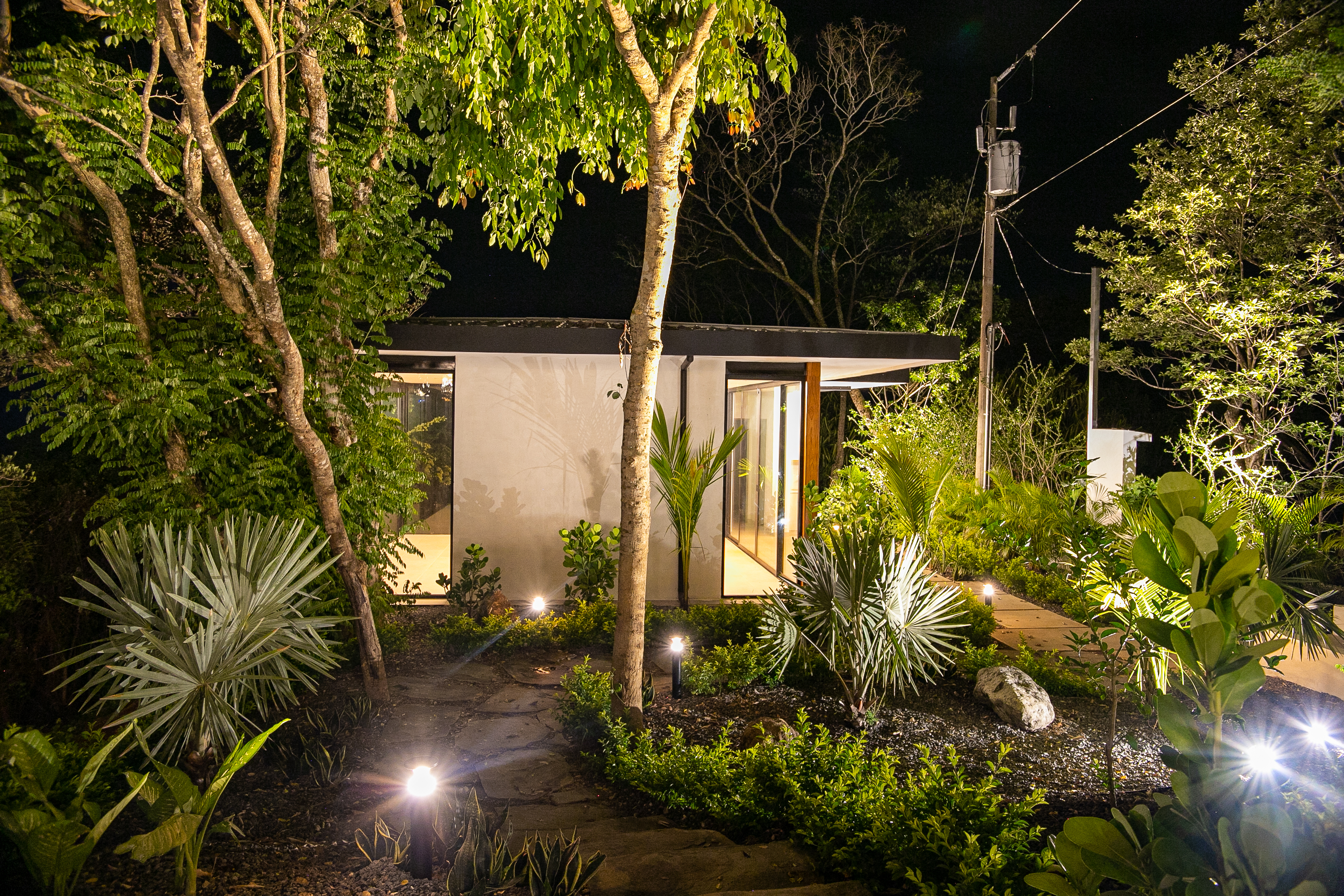
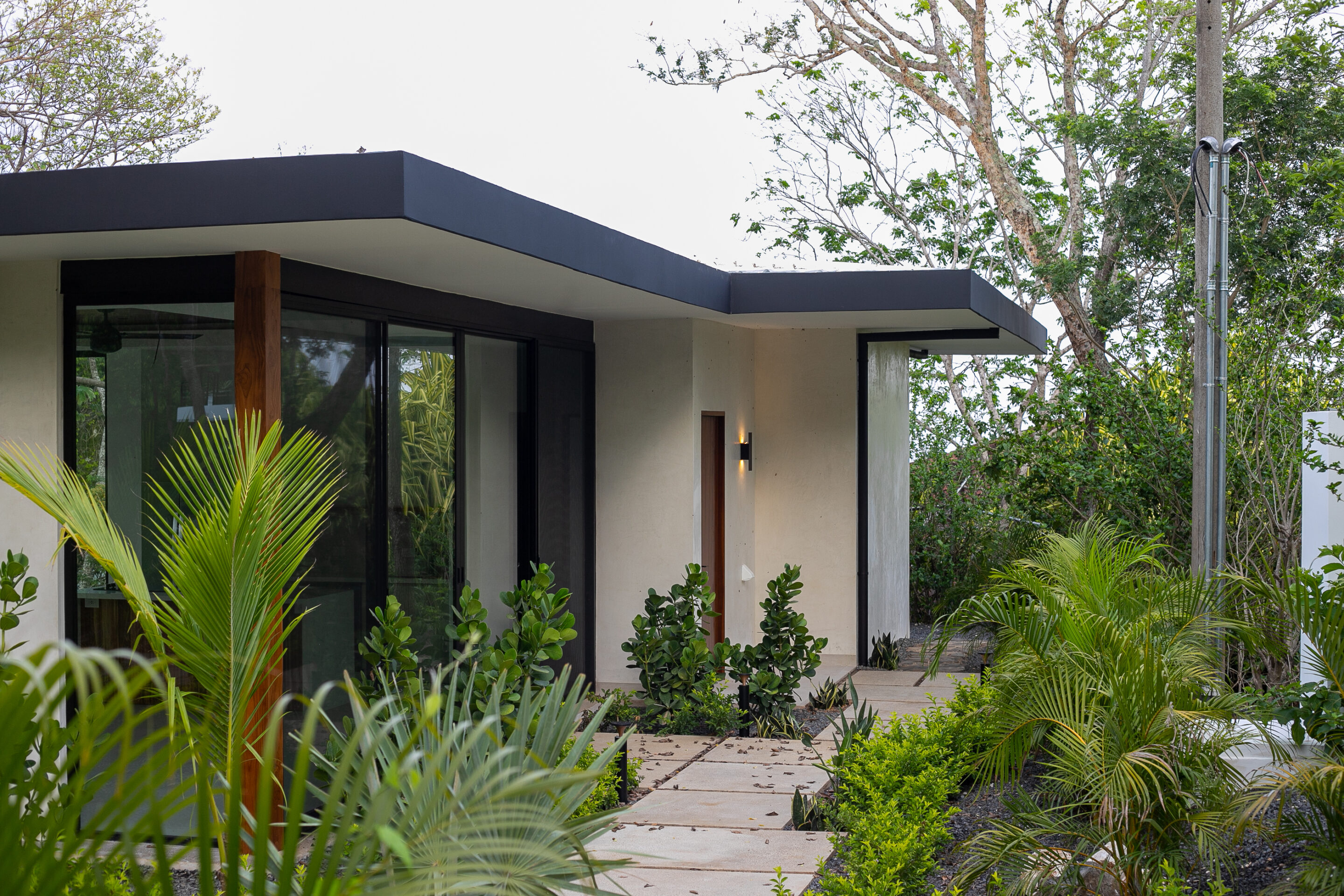
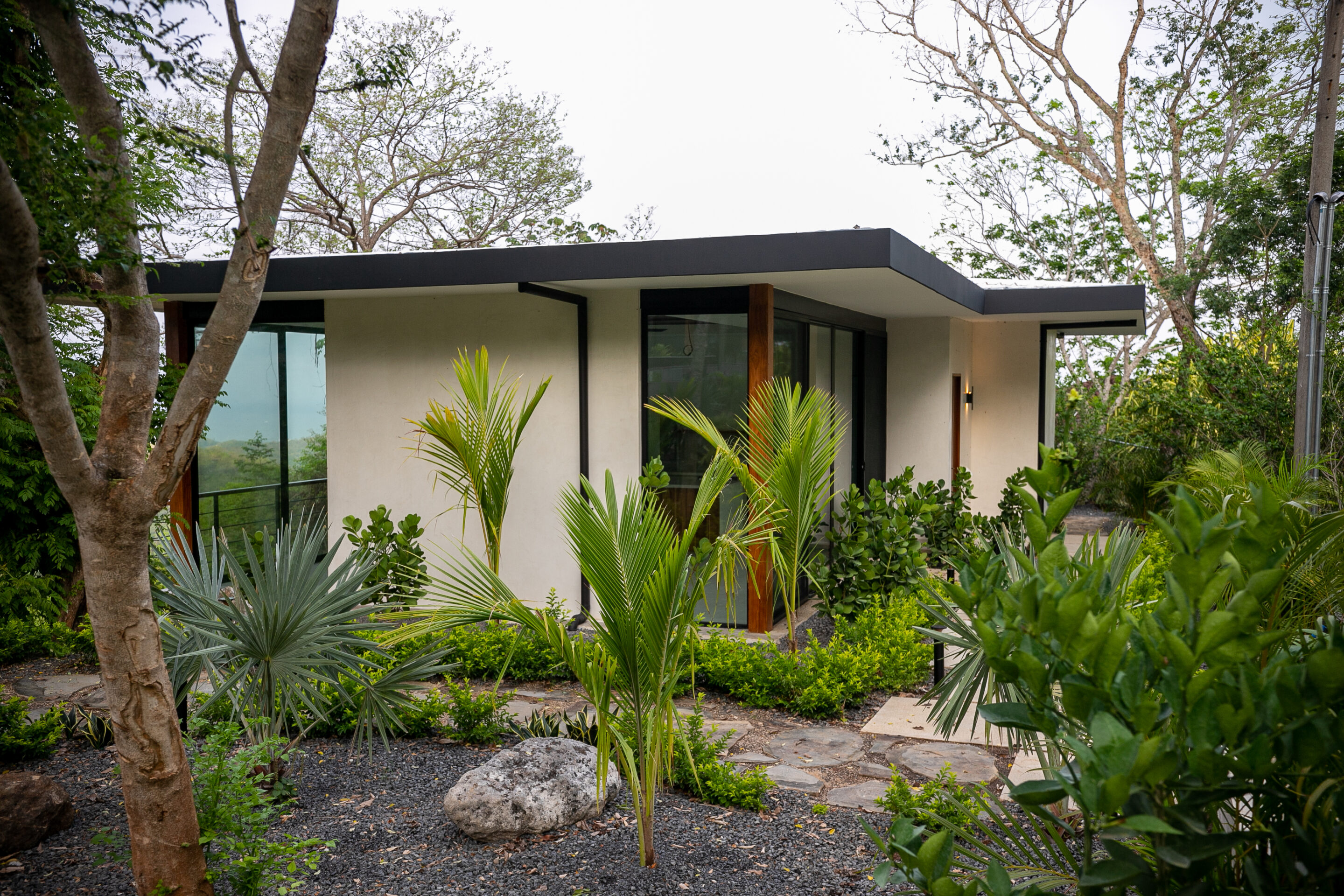
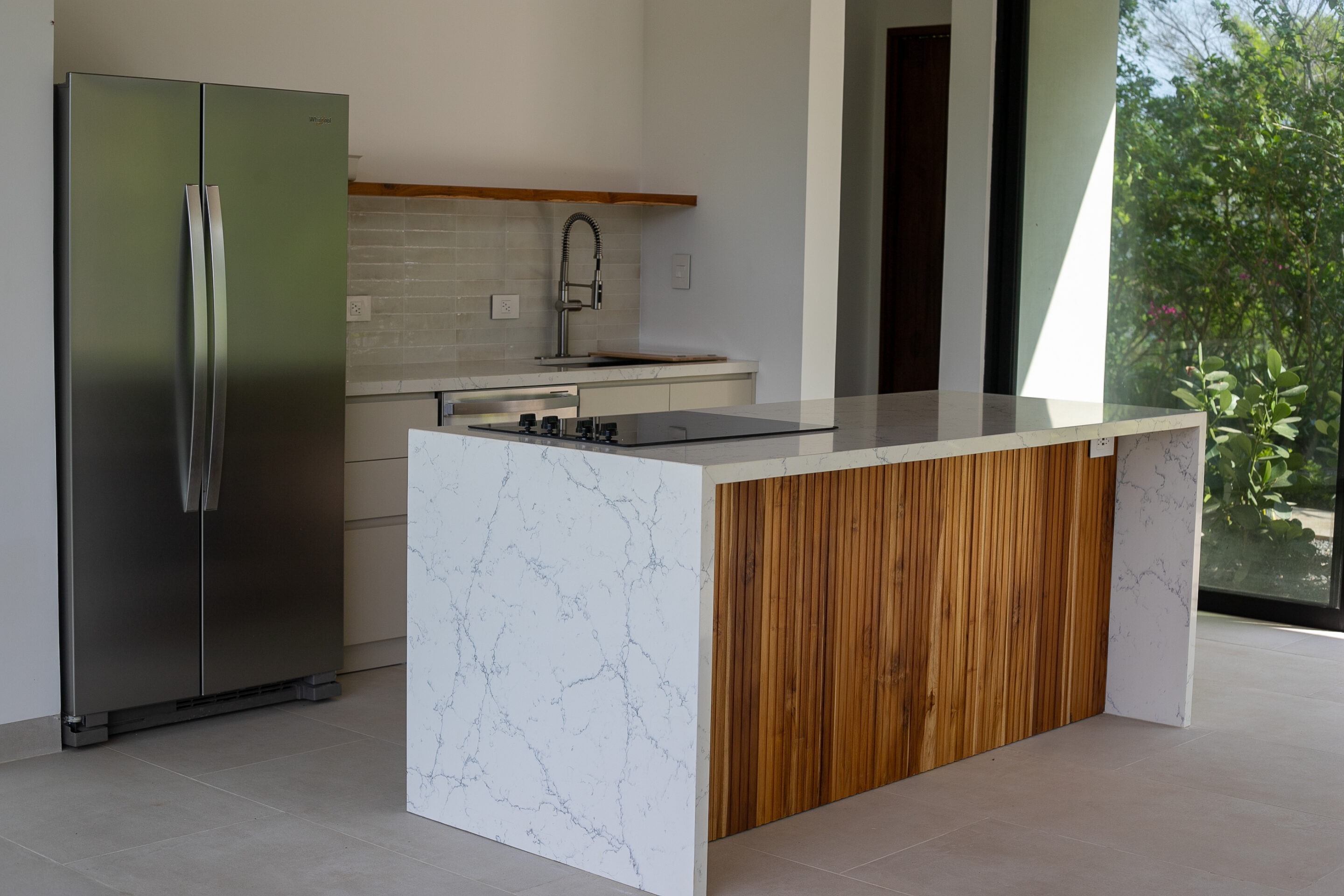
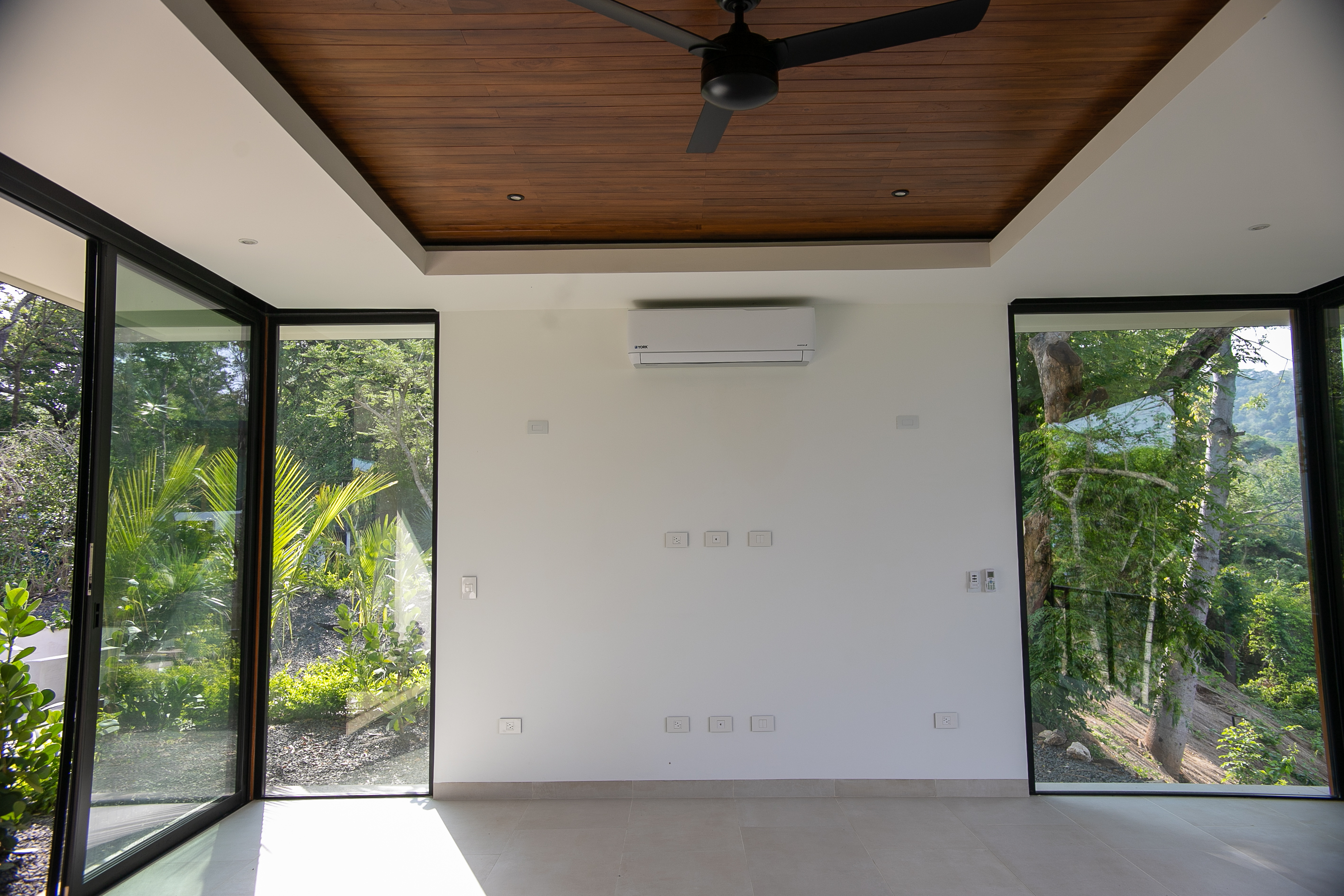
0 Comments